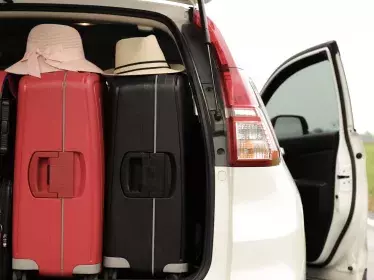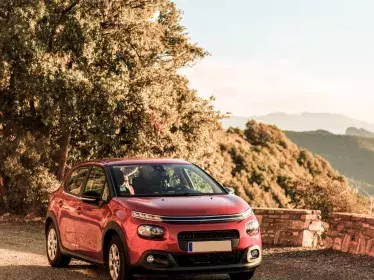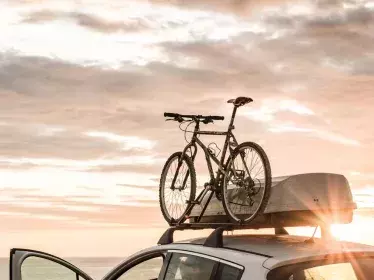Do you have a pet and want to travel by car or make car journeys with them in the car? In Belgium, there are few legal restrictions, provided that the animal does not hinder the driver and is not a danger on board. So there's no question of resting it on your lap when you're behind the wheel or allowing it to move around. Here are some tips on how to be careful and the rules abroad.
The first precaution is to avoid having an animal moving freely in the passenger compartment, especially at the front of the vehicle. Place your cat in a carrying bag or cage. The same goes for dogs, although the different sizes will affect the necessary equipment (see below). An animal that is trained when it is young and is used to transportation by car should be able to withstand long, trouble-free journeys. And it may even enjoy the experience.
Avoid travelling by car with an animal that has never been in a vehicle for an extended period. There is a high risk of it suffering from travel sickness. Remember to hydrate the animals and take regular breaks for their well-being on board (and thus avoid incidents on the way). Whether in the cage, the bag or on the seat, it's a good idea to think about the comfort of the pet.
Equipment
A carrying bag or cage is essential for the comfort of the animal and the safety of all. This equipment may be installed in the footwell between the rows of seats or in the boot. In any case, do not place a cage on a seat. Even when it is not mandatory (see rules abroad), it is prudent to lash or secure the cage to the floor. This could save your life and that of your pet in the event of a collision or emergency braking.
Abroad
There are countries where the animal must be secured in the car. This is the case in Germany (even in the boot), Austria, Spain, Italy and the UK. A fixed or stowed cage, but not one that is too narrow, is also recommended in these five countries. This equipment is recommended everywhere, and therefore also in Belgium, France, the Netherlands and Switzerland, for example.






